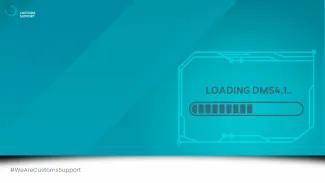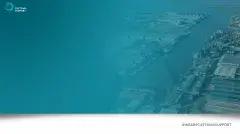How will implementing DMS 4.1 affect businesses?
The exact implications of implementing DMS 4.1 will depend on your operation, goods, and permits. However, for most companies, the biggest impact will be the need for electronic notification via DMS 4.1 for the presentation of your goods to customs before entering them in the declarant’s records.
Currently, if you are AEO-authorised, you may benefit from circumstances where goods can be entered into your records without an electronic declaration. For example, when using the DIN/DEN procedure or when the goods are arriving on a T1 document.
If you are using the GPA or SPA monthly declaration procedure, you will have even more changes relating to additional clearances and audit files when companies use chain regulation.
How should businesses prepare for DMS 4.1 implementation?
The best way to navigate the implementation of DMS 4.1 is to entrust the process to one of your experienced declarants or project managers. In the event that you need outside assistance, contracting a customs consultant will help you to ensure the migration goes well.
Below is a suggested checklist, which is not exhaustive and will not be exactly the same for all companies, with the process steps that could help implement DMS 4.1. We go through these points with clients to ensure that the changes are fully covered and understood by everyone in the organisation:
- Advise customs which DMS 4.1 procedures you intend to follow.
- Understand the implications of DMS 4.1 for:
- Your processes, departments, and third-party interactions.
- The datasets required and impact on IT systems.
- SOPs and internal knowledge gaps.
- Costs related to updating and monitoring systems and staff.
- Discuss the changes with all internal and external stakeholders.
- Create a plan to implementing DMS 4.1, ensuring that tasks are reasonably delegated, everyone understands their role, and that there is minimal disruption to operation.
- Organise good communication channels between internal collaborators, suppliers, and customs.
- Modify all procedures and manuals to account for implementing DMS 4.1.
- Prepare and regularly evaluate the migration.
- Inform employees and provide comprehensive education on how their roles will change.
- Supervise training and live implementation of using DMS 4.1.
- Complete migration of AGS/GPA/SPA to DMS 4.1.
- Continually monitor and evaluate migration progress to adjust short term expectations and ensure that no gaps are left.
- Secure new processes and procedures.
During the migration, customs will reassess the EIDR authorisation, and possibly the AEO authorisation as well since AEO is mandatory for the EIDR authorisation with chain regulation.
Need help implementing DMS 4.1?
Customs Support can help you with both preparing for and implementing DMS 4.1, as well as applying for permits or the renewal of AEO.
If you decide to continue with the normal procedure, we can also do your import declarations for customs warehousing – which will allow you to proceed without needing an EIDR licence or DMS 4.1 software as we hold these for you.
Contact us to discuss the best course of action for your business today.














